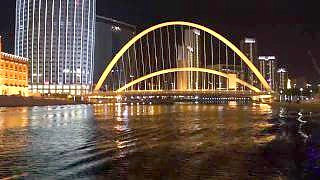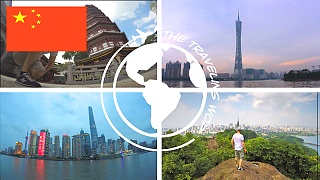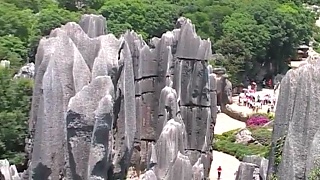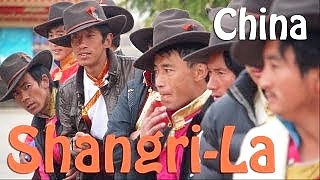With Barrett ...
[640],shadow=true,start=,stop=Step into Fuzhou, the heart of Fujian Province, where 2,200 years of history blend seamlessly with a modern skyline. From the ancient Three Lanes and Seven Alleys to the majestic Sitan Temple, this city has preserved its Maritime Silk Road legacy while shaping China’s future. Stroll through its winding alleys, witness breathtaking architecture, and discover the legendary Love Heart Tree—a symbol of romance and tradition.
Fuzhou Travel Guide
Introduction
Fuzhou, the capital of Fujian Province, is a historic and culturally rich city with a blend of traditional architecture, modern development, and natural beauty. Known as the "City of Banyans," it is famous for its ancient trees, hot springs, and historical sites.
Top Attractions
Three Lanes and Seven Alleys (Sanfang Qixiang)
A well-preserved historical district with Ming and Qing Dynasty architecture, narrow lanes, and courtyards filled with tea houses, local snacks, and boutique shops.
Drum Mountain (Gushan)
A scenic area featuring ancient temples, hiking trails, and breathtaking views of the Min River. The famous Yongquan Temple is located here.
West Lake Park
One of the most beautiful parks in Fuzhou, offering boat rides, classical pavilions, and gardens reminiscent of West Lake in Hangzhou.
Pingtan Island
A stunning coastal area with pristine beaches, rock formations, and a rich fishing culture. Perfect for those seeking seaside relaxation.
Fuzhou National Forest Park
A large forest park offering lush greenery, waterfalls, and hiking opportunities. A great escape from the city's hustle.
Hot Springs
Fuzhou is known for its natural hot springs, with many hotels and resorts offering spa experiences. The most famous is Rongqiao Hot Springs.
Local Cuisine
Fuzhou cuisine is known for its fresh seafood and mild, slightly sweet flavors. Must-try dishes include:
- Buddha Jumps Over the Wall – A luxurious soup with seafood, meat, and medicinal herbs.
- Fish Ball Soup – Handmade fish balls stuffed with meat in a light broth.
- Litchi Pork – Sweet and sour pork dish resembling the shape of lychee fruit.
- Fuzhou Noodles – Thin noodles in a flavorful broth, often served with seafood.
Best Time to Visit
Fuzhou has a subtropical climate, with mild winters and hot, humid summers. The best time to visit is from October to April when the weather is comfortable and ideal for sightseeing.
Transportation
- By Air: Fuzhou Changle International Airport connects the city to major domestic and international destinations.
- By Train: High-speed trains link Fuzhou to cities like Xiamen, Shanghai, and Beijing.
- Public Transport: Buses and metro lines make it easy to explore the city.
- Taxis & Ride-Hailing: Didi and taxis are widely available for convenient travel.
Accommodation
Fuzhou offers a range of accommodations, from budget hotels to luxury resorts. Recommended areas to stay include the city center near Three Lanes and Seven Alleys, as well as the hot spring district.
Conclusion
Fuzhou is a fascinating destination with a rich history, beautiful landscapes, and delicious cuisine. Whether you're exploring ancient streets, hiking mountains, or enjoying hot springs, the city offers a diverse and rewarding travel experience.
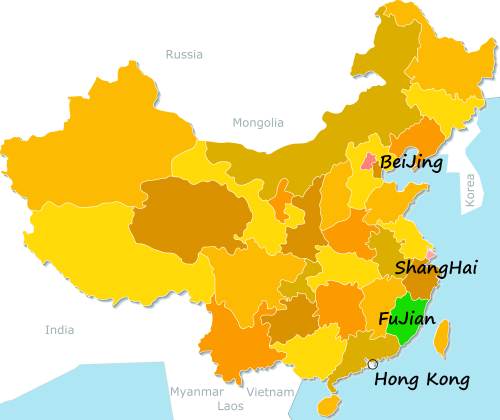
 FuZhou city, FuJian province
FuZhou city, FuJian province










![Hong Kong, Shanghai, the Great Wall and much more. With Ryan and Emma / One Shot Adventures ... [videogallery type=playlist id=PLIHYvA1qSN5P1hZGrHh418MUuols6OfPS c=2] China trip video series](https://img.youtube.com/vi/lk0HMs_6gA4/mqdefault.jpg)


